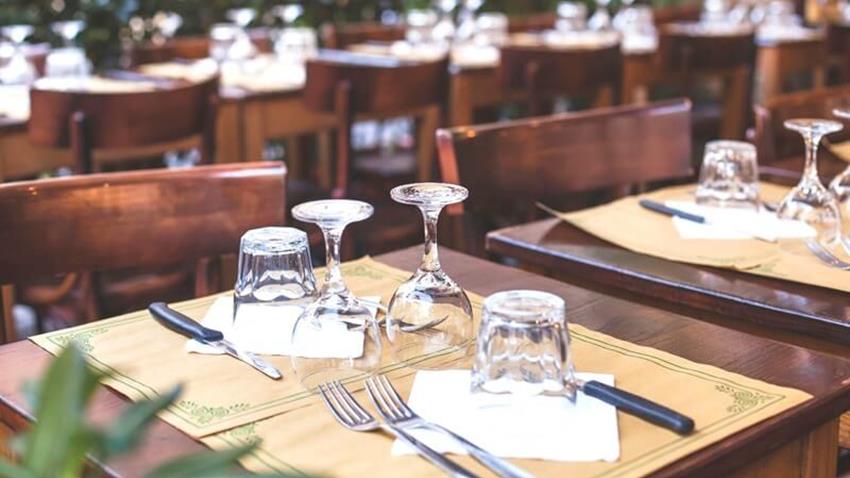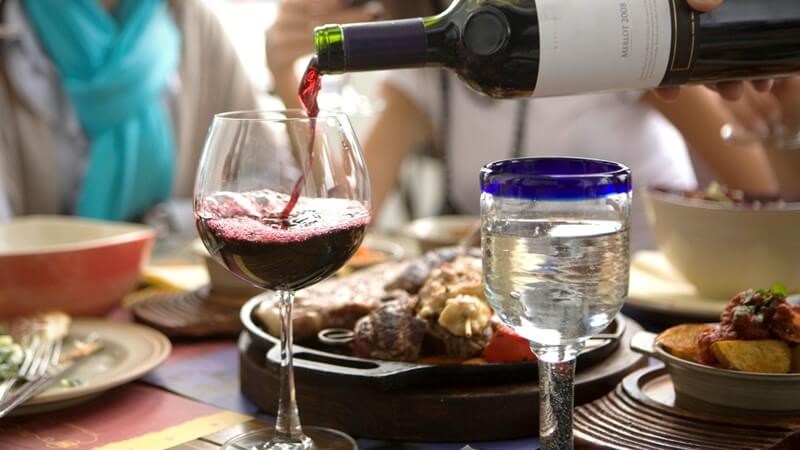
Customer service is everything in the hospitality industry. The On-Trade needs to keep guests engaged by offering an experience when dining and drinking out. Practising and perfecting wine service is a vital component in delivering an excellent experience; what's more, it gives customers confidence in your wine offer and keeps them coming back.
So, what does wine service perfection look like? Well, it starts with the menu. Your list should be laid out with the customer in mind. Arrange your wines by style rather than country and add style tasting headers to help the customer navigate, this enables them to pick a wine based on flavour profile instead of price.
Arranging by style “removes the risk that customers feel, when selecting wines they know little or nothing about; they feel comfortable ordering a wine within their preferred style category. They may even choose a more expensive wine within that section because they like the other wines within that category. Encouraging our customer to trade up helps my staff to recommend more premium wines.”
By Hak Ng, Owner – The Royal Baths, Harrogate
Your perfected list should be presented with the food menu, and mentioned by your waiting staff. Ask about a wine order soon after; this will maximise your sales. Whichever wine your guests choose, get it to them quickly, well before the food arrives - this may encourage a second drink later on.
Serve whites at 7-10ºC and reds at around 13-17ºC. Sparkling wines should be served a little colder at about 5ºC. Ensure the bottle remains at the right temperature throughout the meal. Ice buckets add theatre, as well as keeping temperatures low.
Always present the label to the customer who ordered the wine before opening and await their confirmation that this is the bottle they were expecting. When using a waiter’s friend, ease the cork out; avoid bending it which could cause it to break.

Pour a small sample for this customer to taste or nose, to check it’s in top condition, before pouring around the table and returning to complete filling the glass from which the wine was sampled. Twist the bottle at the end to prevent drips – practice makes perfect.
Never overfill a glass. Ideally, a glass should not be filled beyond its widest point – leaving space for the wine’s aromas to collect; this is why coupe glasses are best used for cocktails rather than champagne! Unless you have dedicated staff pouring policy leave the bottle with the person who ordered it to re-fill glasses.
When opening sparkling wine; point the bottle away from people, at a 45º angle; twist the bottle not the cork, hold both tightly; ideally the bottle will open with a soft fizz/pop; fill glasses in two stages to prevent bubbling over.
Present your dessert wine or drinks menu after diners finish with their main course. Highlighting the potential food pairings with a sentence or so accompanying each pudding, recommending the best wine to enjoy it with can have an instant impact.
“The quality of the service will be remembered long after the price is forgotten.”
By Henry Royce
Our Wine Development Specialist team are based throughout the country and can offer expert training. From initiatives to sell wine, to offering advice on food and wine matching to suit your menu, our upselling workshops. Providing both better service for guests and will increase cash profits. Wine training and practising the service of wine will help improve staff confidence when handling wine. Consumers will notice this competency and be confident with staff recommendations.

